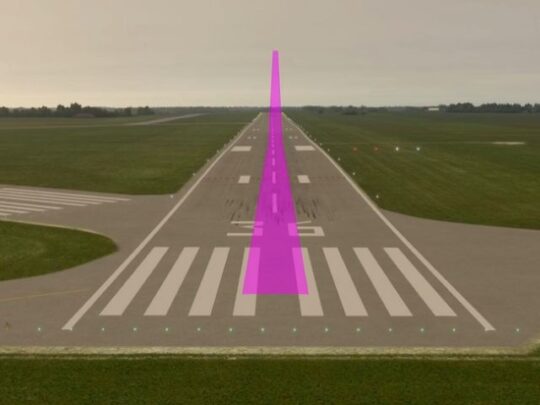Subscriber question:
"I recently flew through the edge of Class Bravo airspace without a clearance. My Instructor told me to fill out a NASA form. What is that? He said it can keep me from FAA enforcement. Is that true?" — Pat R.
John:
 “Your instructor is talking about the Aviation Safety and Reporting System (ASRS) form. Because this system is maintained by NASA, rather than the FAA, it’s commonly called the NASA form.
“Your instructor is talking about the Aviation Safety and Reporting System (ASRS) form. Because this system is maintained by NASA, rather than the FAA, it’s commonly called the NASA form.
The program’s goal is to identify any safety issues in the aviation system—which is why it’s administered by NASA. The FAA does not, I repeat, does not have access to any information submitted through ASRS. If you voluntarily submit a report that, for example, describes an airspace violation, FAA can not use that to find and violate you. (Although with ADS-B so common, FAA hardly needs a NASA form to track a violator.)
Basically, anytime that you see or experience any issue that you think may have an adverse effect on system safety it should be reported. The form is only for safety issues. It should not be used to report aviation accidents.
To encourage submissions, the program comes with an incentive: Submitting a NASA report protects you from a penalty or certificate suspension if the violation was inadvertent (that is, not deliberate), there was no criminal offense, you had no prior FAA enforcement actions for the five years prior to the date of occurrence, and you submit the report within 10 days.
While not quite a ‘Get Out of Jail Free’ card, the FAA considers the filing of a report with NASA to be indicative of a constructive attitude. They believe making a report will tend to prevent future violations.
The form may be submitted online or by mail. Doing it online gives immediate verification it was accepted into the system. Each ASRS Report has an ID strip that NASA will time stamp and return as a receipt. That’s your proof you submitted the report and what you’d show the FAA if they pursued the matter of your airspace violation.
Let’s clear up another misconception: The FAA can still put a violation on your record even if you file the ASRS report. The protection is only against a penalty if the conditions I already mentioned are met. While you can file as many ASRS reports as you want, the immunity doesn’t apply if you have another violation in the previous five years.
So, you should file the report, but you should also talk to your instructor about how your Class B incursion happened and figure out how to avoid that issue in the future.
ASRS reports aren’t just for pilots. Air traffic controllers, dispatchers, flight attendants, maintenance technicians, and even drone pilots have submitted reports on hazardous situations. Examples of incidents that are commonly reported include airspace violations, busting an IFR altitude, or close-calls with other aircraft.
Common safety issues that have been reported are confusing taxiway or runway markings, ATC radio interference, similar sounding call signs, defective navigation aid, an aircraft system anomaly, or a confusing ATC procedure. Several real improvements in aviation safety have come as a result.
The ASRS website and Advisory Circular 00-46F have more information. You can also subscribe to the Callback newsletter to get some of the ‘greatest hits’ from recently filed reports.”
Have you ever filed an ASRS form? Have you ever used one for immunity?

